[IMAGES] Veterinary subprojects perform field collections!
Published on 29/01/2021
The first veterinary projects to enter the field were those that provide for the collection of biological samples, such as blood, fur, feces and urine, for toxicological and histopathological tests. After the tests, it will be possible to understand the impact of the Brumadinho environmental disaster on the health of animals living in the Paraopeba River region.
The subproject 05 is carrying out the capture of wild animals in the forests, through the placement of traps, by active search and by camera traps.

source: research team of Subproject 05 of the Brumadinho Project UFMG
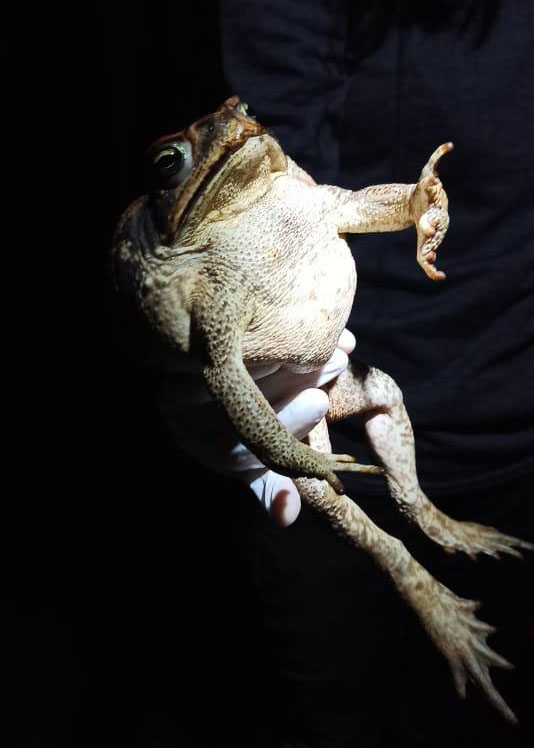
source: research team of Subproject 05 of the Brumadinho Project UFMG
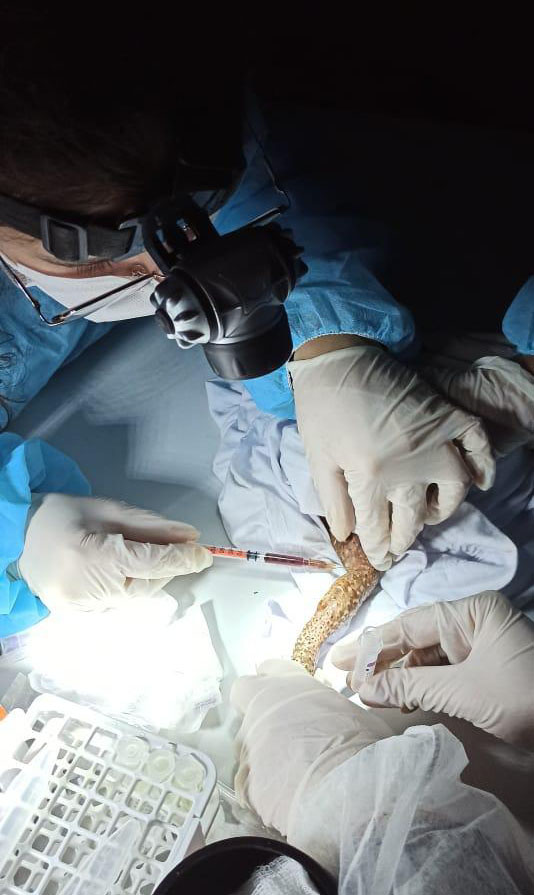
source: research team of Subproject 05 of the Brumadinho Project UFMG
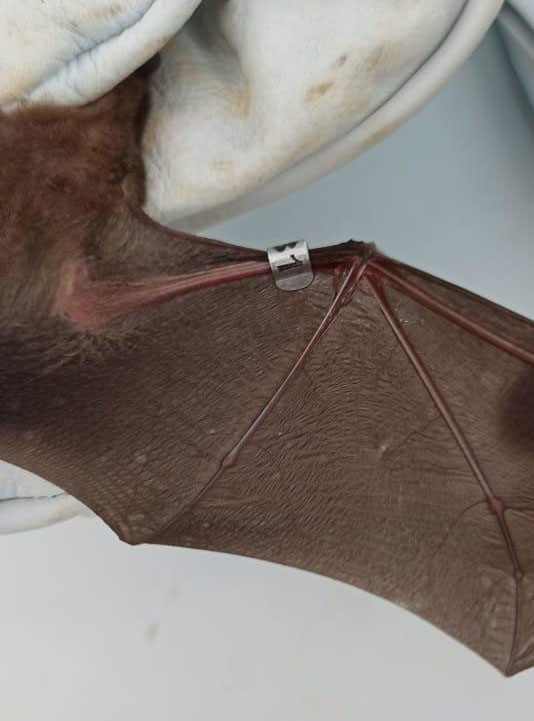
source: research team of Subproject 05 of the Brumadinho Project UFMG
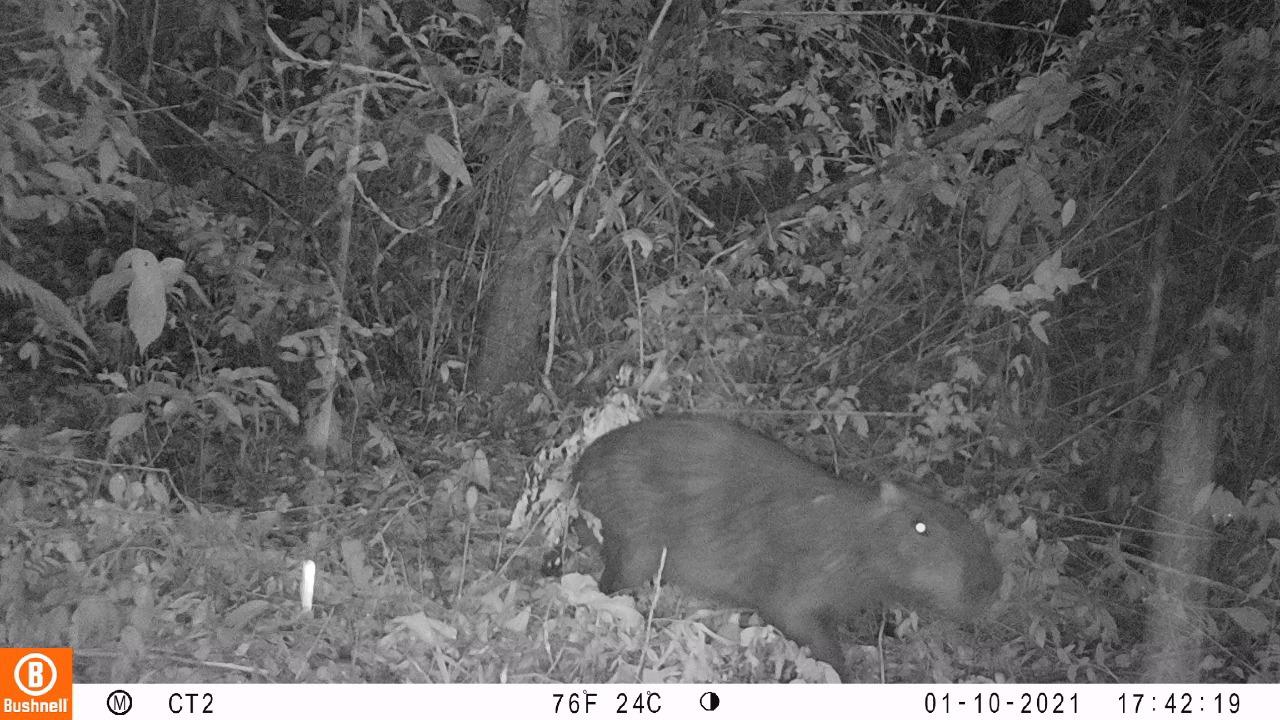
source: research team of Subproject 05 of the Brumadinho Project UFMG
The work of the subproject 07 is a little different, after all the team is working with domestic animals. Thus, the researchers have been divided into small groups, so that some groups will visit the homes in the affected cities and will collect samples from small, companion animals such as dogs and cats, and other groups will collect biological material from production animals such as oxen, horses and pigs, and for this they must visit the rural properties.
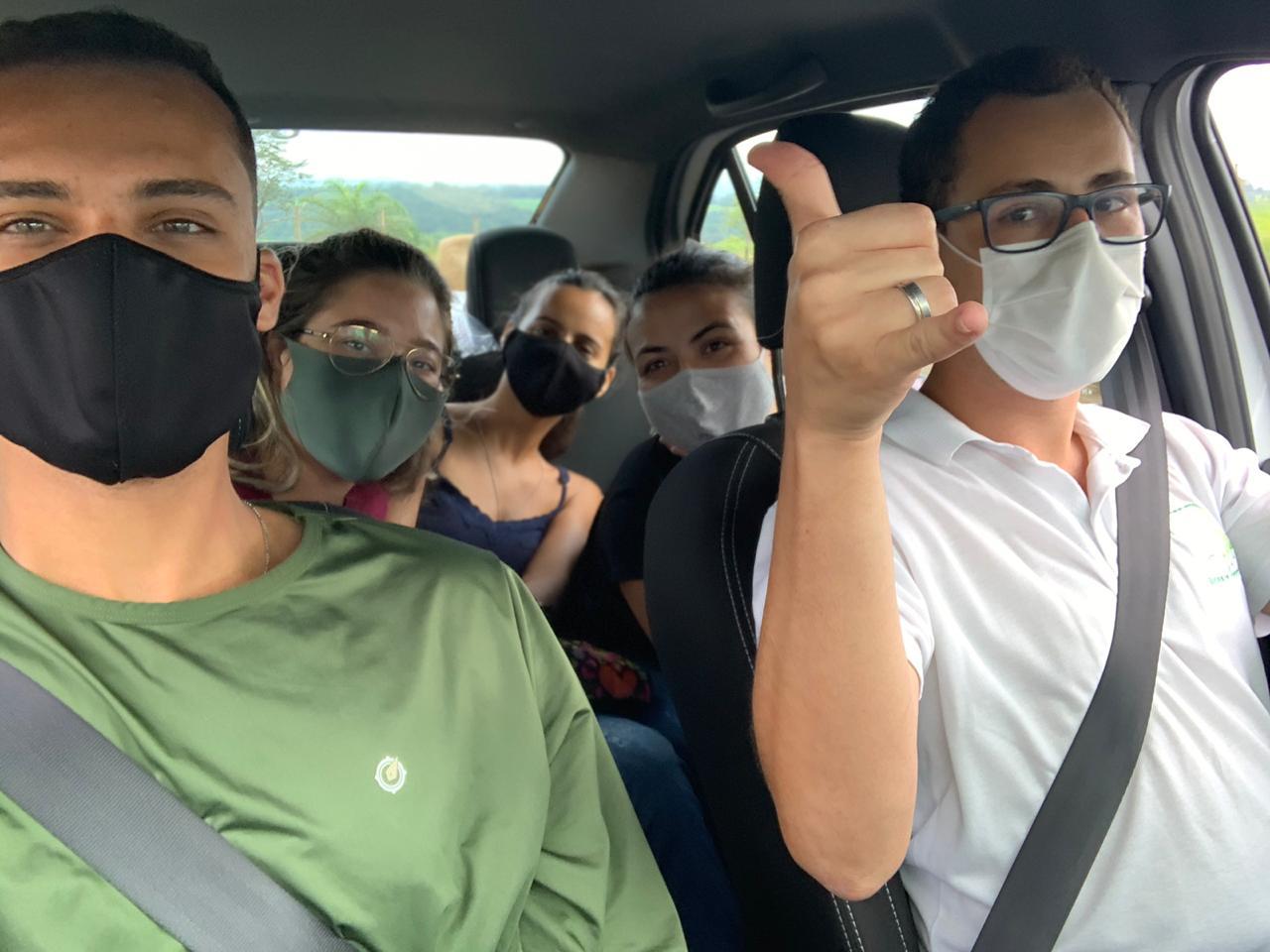
source: UFMG Brumadinho Project Subproject 07 research team

source: UFMG Brumadinho Project Subproject 07 research team
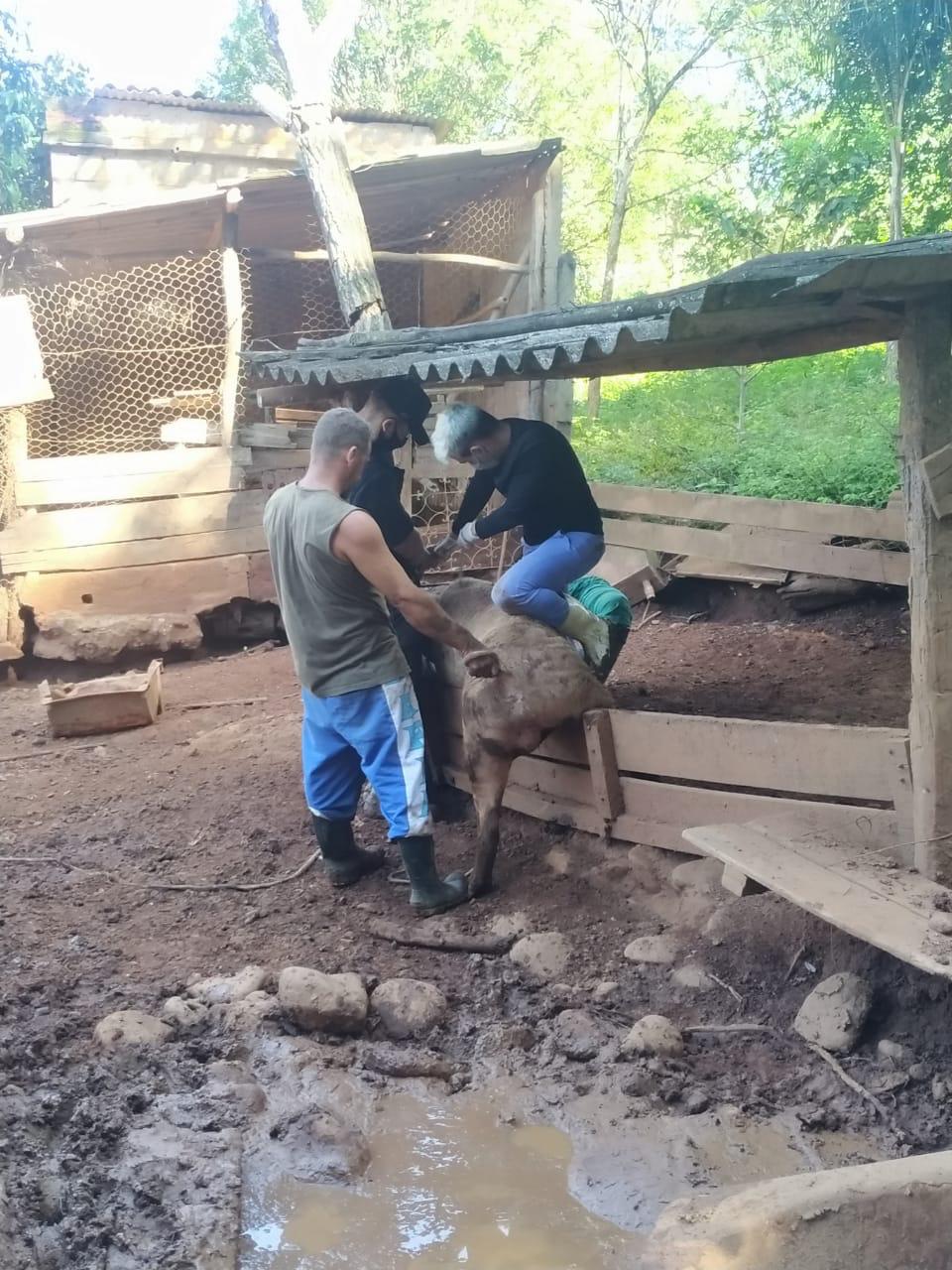
source: UFMG Brumadinho Project Subproject 07 research team

source: UFMG Brumadinho Project Subproject 07 research team